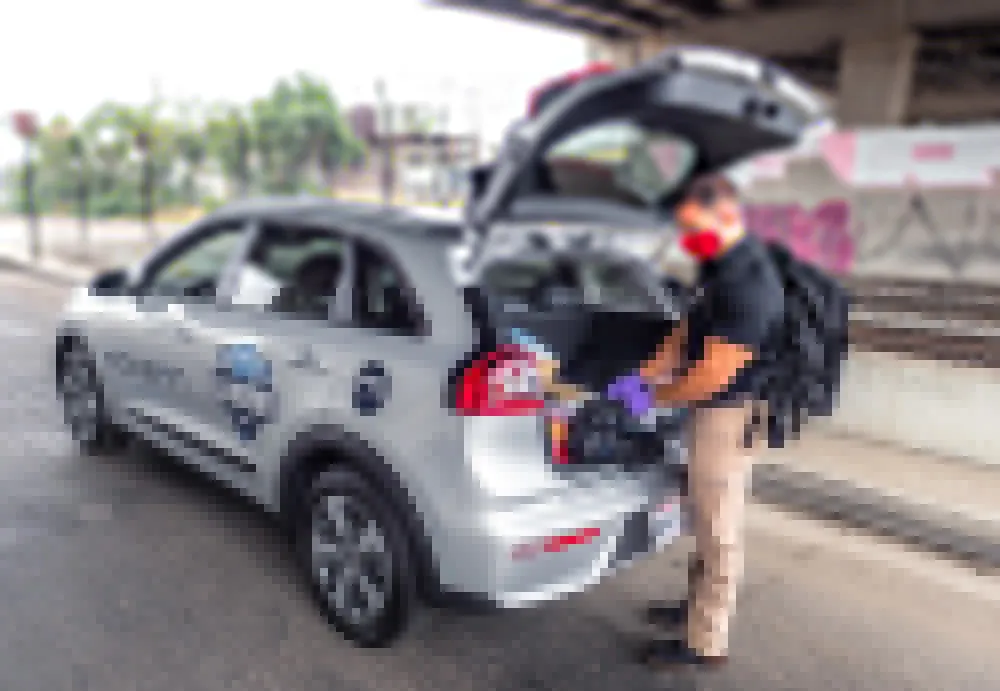Raytec illuminators have been put to an interesting use by the police force of Bogota, Colombia. With a growing need for accurate, reliable and mobile licence plate capture to combat speeding in areas with no fixed monitoring, Bogota police cars were fitted with licence plate cameras from IndigoVision and Vario infra-red illuminators from Raytec.
A mobile and flexible solution was essential, with proper illumination which is mandatory to allow licence plate cameras to perform properly 24 hours a day. The
February 5, 2015
Read time: 2 mins
A mobile and flexible solution was essential, with proper illumination which is mandatory to allow licence plate cameras to perform properly 24 hours a day. The hardware, designed to mount on the top of patrol cars, was designed by Bogota based integrator EGC which made the decision to use Raytec Vario illuminators.
The design allowed for the lights and LPR cameras to be integrated on top of the vehicle, allowing the cameras to get a perfect, illuminated shot of any plate. Raytec’s Vario units are equipped with holographic lenses with hot-spot reduction technology providing a highly targeted and even light distribution for superior image quality and greater distances.
“Night time testing was crucial for the customer. The performance of the Vario was excellent and it delivered clear illumination to allow us to effectively capture licence plates in darkness” Jefferson Valencia of EGC explained.









